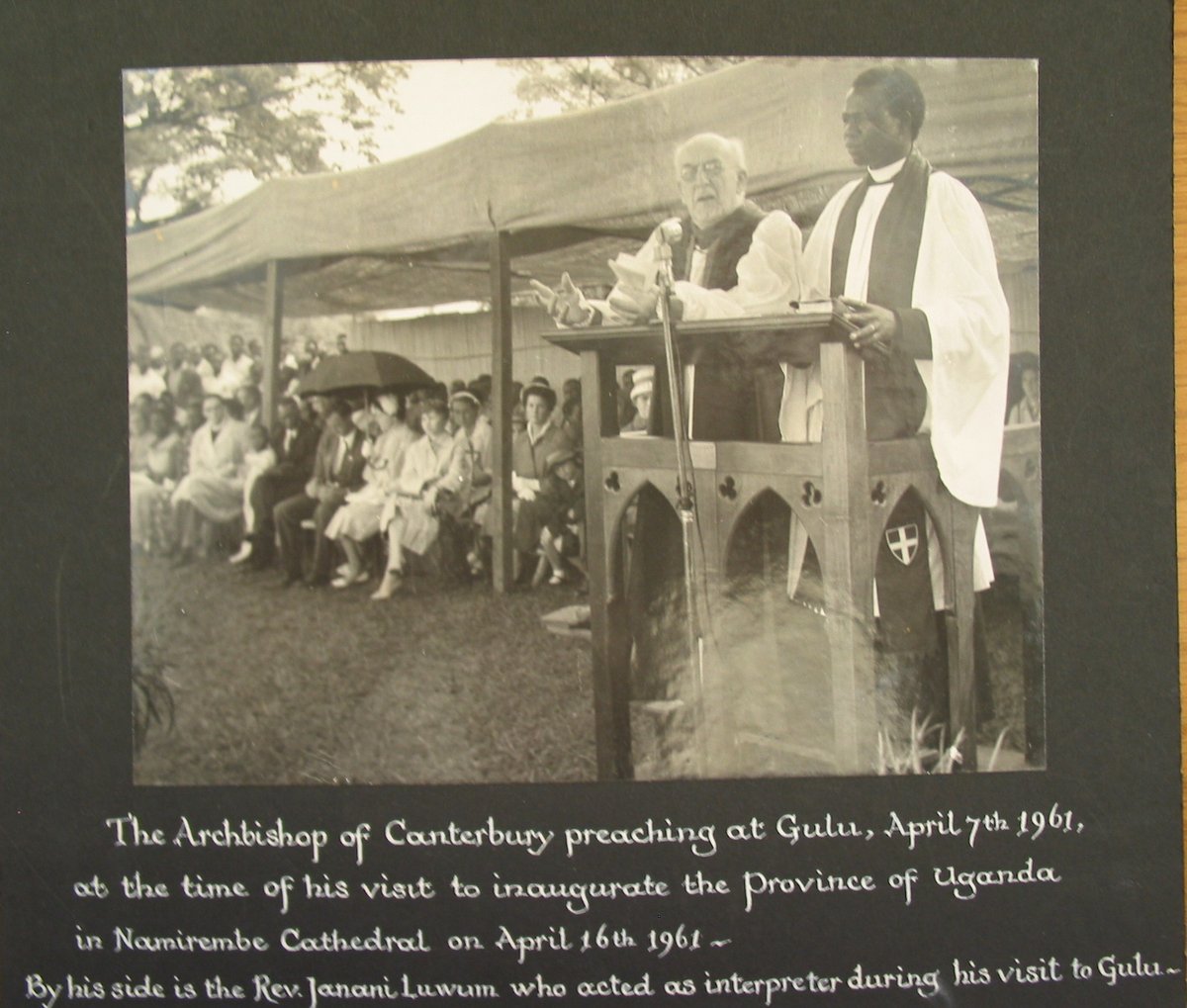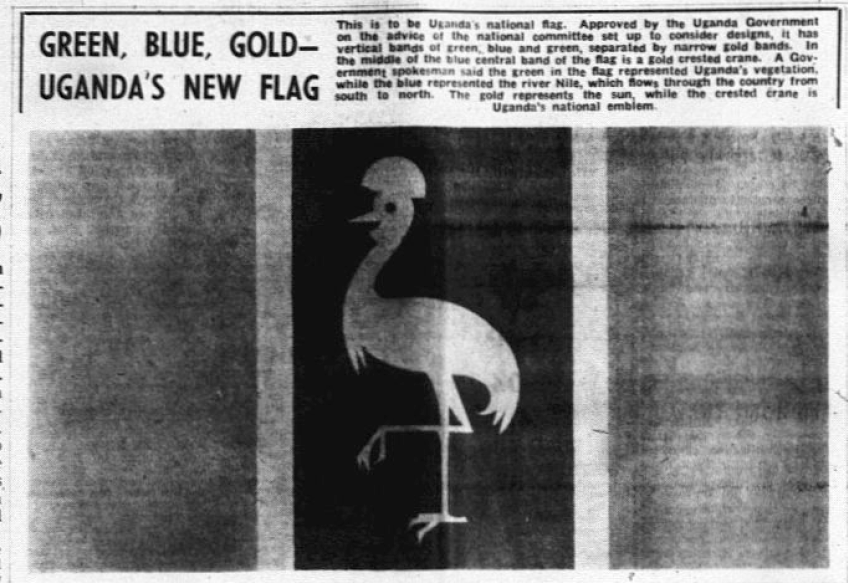
As we remember the life and legacy of Janani Luwum, I wish to share some photographs and material from the archives. Luwum's influence was international. He taught British children and shaped the careers and spirituality of religious leaders around the world. #JananiLuwumDay 1/5
If you are new to Luwum, here is a beautiful piece by @UrbanTVUganda 2/5
Here we see Luwum teaching British children and serving as a translator for the Archbishop of Canterbury in Gulu in 1961. @churchofengland. The inauguration of the Province of Uganda would be one of Geoffrey Fisher's last acts as Archbishop. 3/5 





Following Luwum's assassination, numerous governments around Africa and beyond Africa intensified their scrutiny of the Amin government. The following memorandum is out of the administration of President Carter @CarterCenter, produced several months after Luwum's death. 4/5
It reads: "Similarly, we are appalled by the terror in
Uganda. We look to the international community to join us
in condemning Uganda's extreme and consistent violations of the human rights of its citizens." 5/5

Uganda. We look to the international community to join us
in condemning Uganda's extreme and consistent violations of the human rights of its citizens." 5/5


• • •
Missing some Tweet in this thread? You can try to
force a refresh










